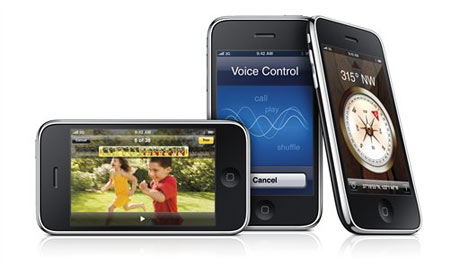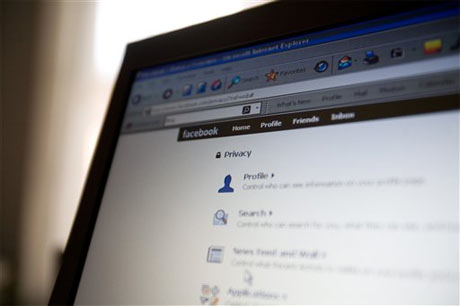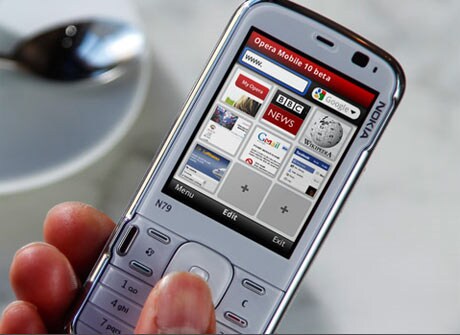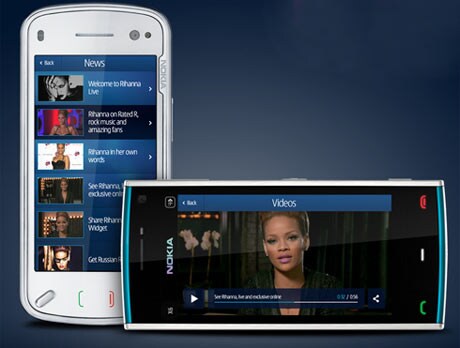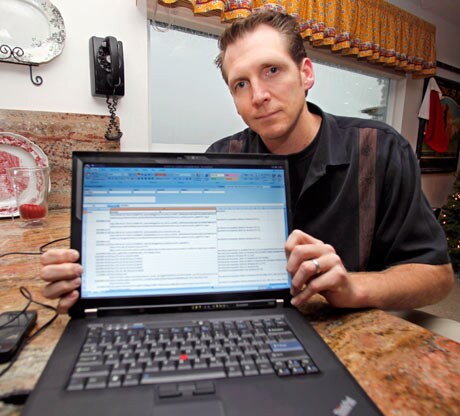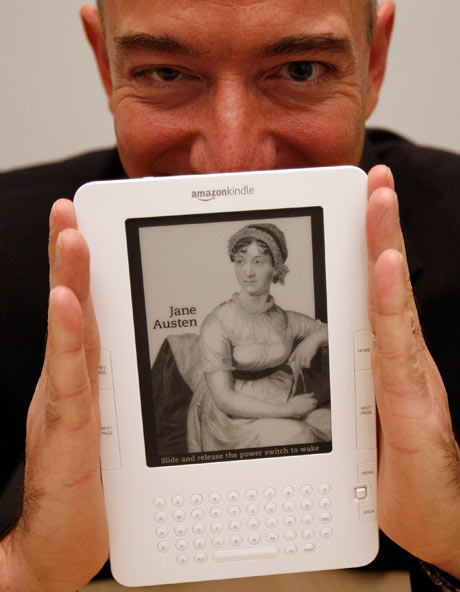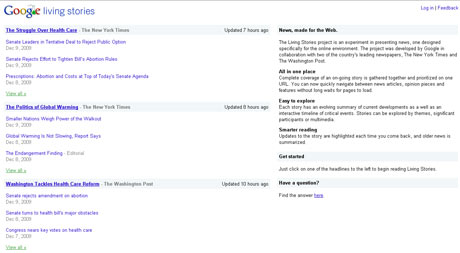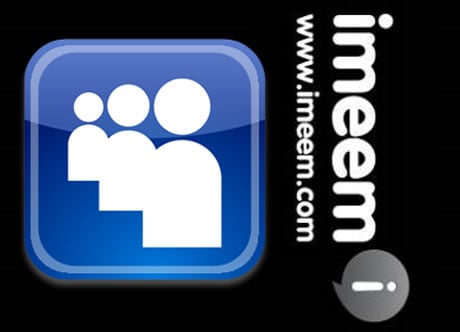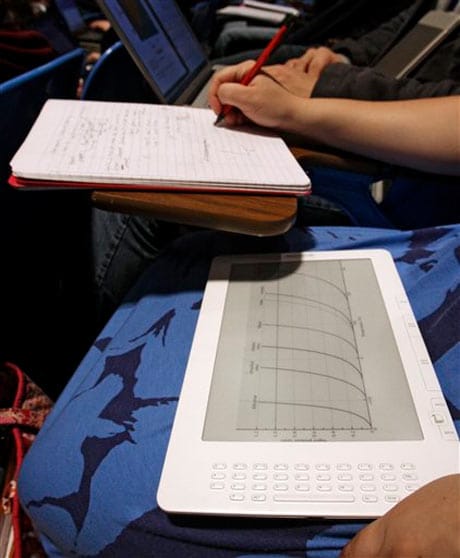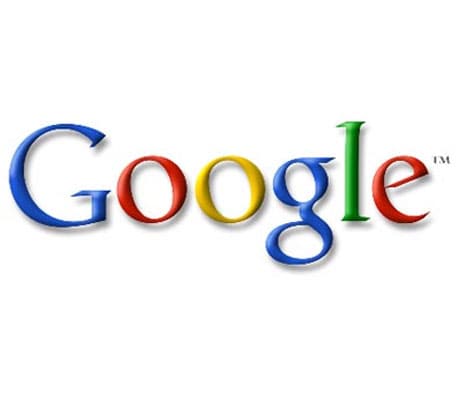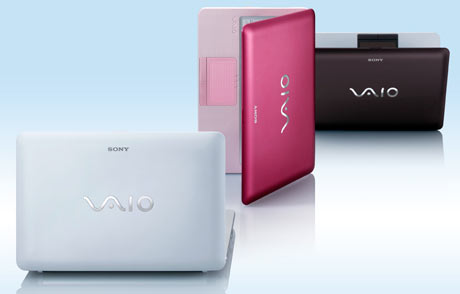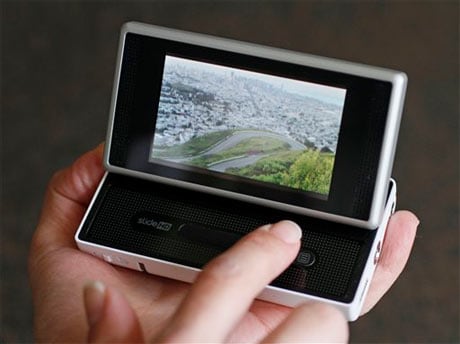
The latest version, the $280 Flip SlideHD, offers improved playback while retaining the simplicity that made the original a hit. But the finicky touch controls and higher price may make it a harder sell than cheaper models that can do many of the same things.
Now sold by Cisco Systems Inc., which bought Pure Digital last year, the SlideHD sports a touch screen that slides into an upright position. It also has a headphone jack so you can watch video on the go without disturbing others.
The SlideHD's screen, 3-inches diagonally, is quite larger than those on other available models, which have 1.5-inch and 2-inch screens. You can't use the whole screen as a viewfinder when shooting videos, however, as the bottom portion is taken over by the SlideHD's touch-screen controls.
Like earlier Flip cameras, the SlideHD has a few simple options for making and playing back videos. There a big, red "record" button, along with controls for volume, zooming and other features.
Although the touch-enabled buttons seemed like a cool idea, they were often tricky to control. Several times I found myself tapping the screen over and over, unsuccessful in efforts to zoom in on a subject. Other times I had to tap the "record" button so forcefully to stop recording that I would jostle the camera, screwing up the end of a video.
When I wanted to share my videos with friends, or just play them back for myself, I could simply slide the screen up. The main body of the camera acts as a kickstand for the screen. The screen is not very bright or sharp, but it was nice to have a bigger screen for viewing compared with previous Flip cameras.
In this sharing mode, I could swipe through different videos and folders with a finger and choose one to view. But I had issues with the touch-screen controls here, too. I often accidentally opened the ones I didn't want. And during playback, I had to press down on the screen for a while to get options for volume, fast-forwarding and rewinding.
Fortunately, the SlideHD includes another option: When you slide up the screen, it exposes a touch-enabled black strip on the camera. This gives you another way to flip through clips and access such things as videos you've tagged as favorites or have been shared with you. Unfortunately, you couldn't use this strip to fast forward or rewind.
One other potentially useful addition: The SlideHD is the first Flip camera with a headphone jack. It could be useful for playing videos while on the go, though when proudly showing my videos to friends, I preferred watching together with the sound on.
As with other Flip products, the quality of the videos I took were good (despite my video-making skills well below average). The camera adjusted well in bright light at a local park, and it wasn't too bad in the low light of a club where a friend's band, The Orange Peels, was performing.
There's plenty of storage space. The camera can record four hours of high-definition video, or store up to 12 hours of lower-quality videos you put on the device. The SlideHD's rechargeable battery lasts up to two hours, which I found plenty for each recording session.
It was also easy to plug the camera into my computer via its built-in USB dongle and use the included FlipShare software to snip clips, stitch them together into longer videos and share them online. You can also grab still photos from your videos with the software.
Still, the price tag was pretty steep considering it was difficult to manipulate the touch controls and the screen is less than crisp. The Flip UltraHD is $80 cheaper, and the Flip MinoHD costs $50 less, yet both can record videos at the same resolution as the SlideHD. Though both have half the storage space, smaller displays and mechanical controls, they seem like better deals.



